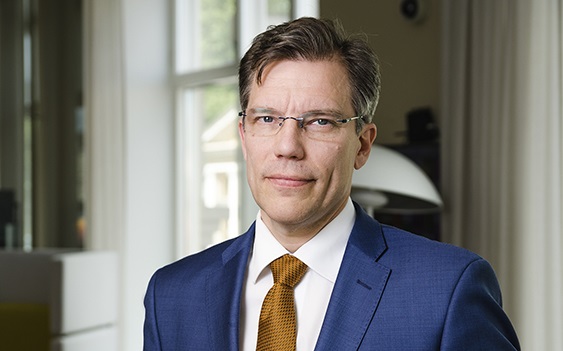Phasing out Russian energy will be gradual and require massive investments
Published : 13 Mar 2022, 10:52
An action plan published by the European Commission on 8 March 2022 sets the objective of achieving independence from Russian energy by the end of the decade. We can immediately change suppliers of many fuels. However, a long-term transformation will require major investments in energy and industrial facilities as well as transmission lines. At the same time, we must accept that the change will have an effect on energy prices.
Following Russia’s attack on Ukraine, the EU has unanimously agreed to reduce energy dependence from Russia. In fact, energy companies have reacted quickly and switched their suppliers of oil and coal.
The situation is more challenging for natural gas. Gas is widely used to heat buildings in Central Europe and 40 per cent of the gas imported to the EU is Russian. The Commission estimates, however, that there will be no insurmountable problems during the spring even if the flow of Russian gas to Europe stops. Instead, the focus is on how the EU will be able to prepare for the next winter by storing gas and other means.
In Finland the situation is similar. Almost all natural gas used in Finland was previously imported from Russia, until another supply source emerged with the opening of the Balticconnector pipeline through Estonia. In quantitative terms, it cannot cover all of our demand, however.
The first step in both Finland and the EU is to ensure security of supply. To this end, the trade in liquefied natural gas (LNG) and the utilisation of the existing infrastructure will be developed.
In the long term, the dependence on gas will be reduced by the transition to clean energy. In heating, this means solutions based on electricity and waste heat, among other things. Investments in hydrogen solutions will be needed in industrial processes.
A great deal of money will be required for company investments and their advancement. By chance, funding from the EU recovery package will be available this year. The Energy Department of the Ministry of Economic Affairs and Employment alone can allocate approximately EUR 450 million to demonstration projects and other clean energy investments. The number of aid applications submitted by companies was indeed surprisingly high in the previous application round.
This is a great start, but sufficient support for the energy transition must also be secured in the coming years. It is also important to ensure that the permit procedures for projects are flexible.
In the long term, the climate and security of supply factors will drive the energy economy in the same direction, which will also be considered in the national climate and energy strategy currently under preparation. To some extent, additional investments will be needed to improve the security of supply in fossil fuels in the next few years.
As Russian energy is phased out, it is also clear that energy prices will remain at a slightly higher level for some time. While this will inspire investments in clean energy, it certainly will have significant downsides for consumers and in terms of economic growth and inflation. This is the price of reducing dependency.
The rising energy costs must also not be used as a pretext for giving up a functioning energy market or to create European compensation mechanisms with income transfers. The market provides a more efficient way to adjust energy prices and promote disengagement from fossil fuels than regulation.
Note: The writer is Director General of the Energy Department at the Ministry of Economic Affairs and Employment and the Chairman of the Energy Supply Sector.


